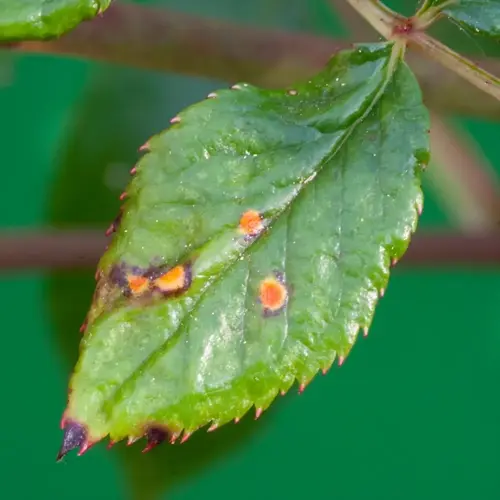How do I repot without harming my snake plant?

Written by
Kiana Okafor
Reviewed by
Prof. Samuel Fitzgerald, Ph.D.For the safe removal and repotting of snake plant plants, there are techniques that you need to know that will prevent root damage and undue stress. These rugged plants will survive rough treatment, but thrive on gentle handling. My method has been accomplished over the years by rescuing plants that had suffered from improper repotting methods.
Plant Conditioning
- Water thoroughly 48 hours before repotting
- Stop fertilizing 4 weeks prior to transplant
- Clean leaves to reduce pest transfer risk
- Choose morning hours for cooler temperatures
Tool Sterilization
- Wipe cutting tools with 70% isopropyl alcohol
- Disinfect new pots with 10% bleach solution
- Use gloves to prevent oil transfer to roots
- Sanitize work surfaces with disinfectant spray
Place plants at their original soil depth to avoid stem rot. Fill the spaces around the plants carefully without compacting the soil. I temporarily support the taller plants with wooden stakes until new roots form. This allows the roots to regenerate without the risk of toppling over.
Ensure critical aftercare: Give good, bright indirect light and temperatures of 65-80°F. Wait to water 3-5 days to allow for root calluses to form. I check moisture in soil daily by using a probe and do not water till needed.
Keep an eye out for recovery signs such as the appearance of new leaf growth after 4-6 weeks. If you notice drooping leaves, reduce the light exposure. Yellow leaves typically occur due to overwatering during the recovery process. I like to take photographs of my plants every week to measure their recovery objectively.
Read the full article: Repotting Snake Plants: Essential Guide

